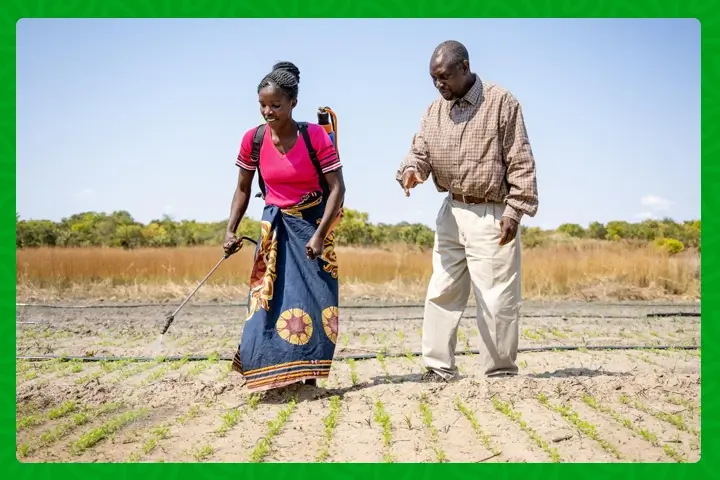
In a pivotal report released by the Food and Agriculture Organization of the United Nations (FAO) during the UN Climate Conference COP28 in Dubai, alarming findings underscore the escalating threat that climate change-induced loss and damage pose to agrifood systems. The report spotlights the challenges faced by small-scale farmers in Kenya, who, against the backdrop of consecutive failed rains and ongoing El Nino-induced flooding, are grappling with the profound impacts of climate change.
Farmers Adapting to a Changing Landscape
Amidst the climatic challenges, farmers like Catherine Nguli from Makueini, Kitui, and Taita Taveta counties are adapting resiliently. Shifting from traditional maize farming, Nguli has embraced drought-tolerant crops such as green grams, sorghum, groundnuts, and millet. Her decision stems from the necessity to secure her family’s well-being in the face of unpredictable weather patterns.
Nguli not only cultivates these resilient crops but also adds value to them, crafting birthday and wedding cakes from sorghum and pearl millet flour. This innovative approach not only ensures food security but also contributes to her income, demonstrating the resourcefulness of farmers amid climate challenges.
The FAO Report: A Call to Action
The FAO report emphasizes the urgent need to increase financing to address vulnerabilities in agrifood systems. Released on the heels of the breakthrough deal at COP28 to operationalize the Loss and Damage Fund, the report sheds light on agriculture as the single most impacted sector, representing a significant economic burden.
FAO Director-General QU Dongyu applauds the commitment of world leaders to the Loss and Damage Fund, stating, “These pledges are not just financial; they represent a shared acknowledgment that addressing challenges of climate change is an urgent moral imperative.”
The Economic Toll on Agrifood Systems
FAO data reveals that losses in agrifood systems accounted for an average of 23% of the total impact of disasters between 2007 and 2022. Droughts alone caused over 65% of losses in the agriculture sector during this period, amounting to an estimated $3.8 trillion worth of crops and livestock over the last three decades.
The report highlights the anticipated further loss and damage due to climate events, impacting productivity, efficiency, and the livelihoods of those dependent on agrifood systems. It underscores the need to enhance methodologies for assessing negative impacts, acknowledging the complexities of slow-onset events and non-economic dimensions of loss and damage.
Bridging the Financial Gap
Current levels of tracked climate finance fall short of the potential needs for agrifood systems. The report calls for a clarification of the meaning of loss and damage for national agrifood systems, enhanced climate risk assessment, and increased investment in data collection and research. Additionally, it advocates for the implementation of adaptation measures, strengthened emergency response, and a recovery approach based on ‘building back better.’
“As climate change continues to surpass adaptation limits, the spotlight on agriculture as a vulnerable sector becomes increasingly crucial for global efforts to build resilient and sustainable food systems,” the report concludes.
In the face of these challenges, the FAO report serves as a clarion call for coordinated global action to fortify agrifood systems against the ravages of climate change, ensuring a sustainable and resilient future for farmers and food systems worldwide.
Stay updated with the latest farming tips and agriculture industry news from Africa by subscribing to our newsletter. Don’t miss out on valuable insights and updates. Follow us on Twitter, LinkedIn, and Facebook to join our farming community and stay connected with us.



















